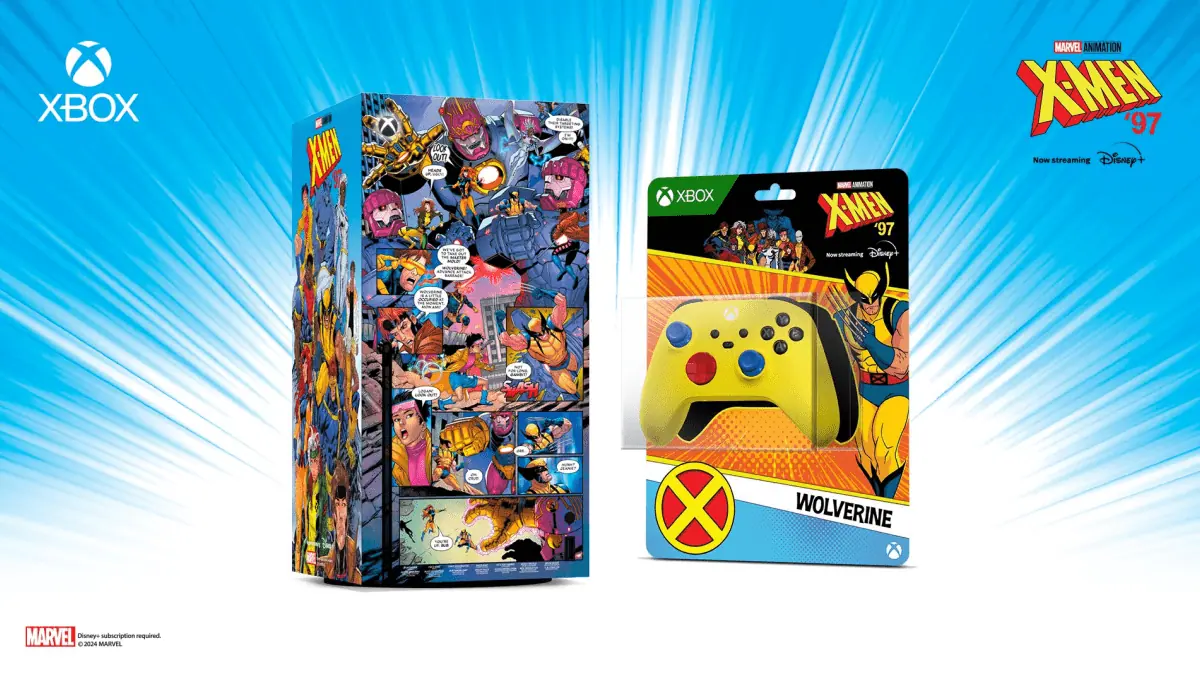Microsoft's 'Surface Phone' gets LTE, an ugly lip
3 min. read
Published on
Read our disclosure page to find out how can you help MSPoweruser sustain the editorial team Read more

We have been able to follow the progress of Microsoft’s mythical Surface Phone through patent applications over the last year, but today for the first time we actually have some evidence the device will support wireless phone networks.
In a new patent titled “WIRELESS COMMUNICATIONS DEVICE” Toby Morris, Senior Mechanical Engineer at Microsoft and Dr Marc Harper FIET, Lead Antenna Designer Surface, Xbox, Band and HoloLens and Principal Hardware Engineer at Microsoft, explains how to build worldwide LTE support into a small handheld communication device.
According to the patent, filed January 2016 and published today, turning the device into a clam shell would actually have advantages, such as separating the wireless components and reducing the risk of interference.
In the patent, the inventors offer two suggestions as to the design of the device.
One is what has become the “traditional” foldable surface phone (left), and the other is a new design which features a thicker portion which forms a lip. Presumably, the second design would allow Microsoft to more easily incorporate thicker elements such as cameras (both front and rear facing) which would be compromised by the other symmetrical design.
Interestingly the patent goes into extreme detail, offering up precise measurements such as:
In the implementation shown in FIG. 1, display 112 is raised above second housing 104 by an amount roughly equal to the thickness of first housing 102 such that, when wireless communications device 100 is in the closed position, display 112 and first housing 102 sit flush with respect to one another. In this implementation, second housing 104 may measure approximately 6 mm by 72 mm by 74.5 mm, except in the area of display 112 where the thickness is double, approximately 12 mm. First housing 102 in this implementation may measure 6 mm by 72 mm by an amount such that first housing 102 and display 112 equal approximately 74.5 mm. Therefore when wireless communications device 100 in this implementation is in the closed position, its dimensions are approximately 12 mm by 72 mm by 74.5 mm and, when wireless communications device 100 is in the fully open position, i.e., when angle 108 equals approximately 180°, its dimensions are approximately 12 mm (o.47 inch) by 72 mm (2.8 inch) by 144 mm (5.6 inch).
The detail includes specifics such as the temperature the wireless device would peak at (these temperatures were observed to range from 29.2 degrees Celsius to 56.7 degrees Celsius) suggesting rather strongly that an actual device has been built. Interestingly no such information is presented for Figure 1 (AKA traditional Surface Phone) which hopefully does not mean it is an abandoned design.
Being a patent by hardware and antenna designers, it goes into detail about copper heat spreaders and antenna traces which I suspect is not of interest to our day to day readers. Those more intensely interested can read the full patent here.
As usual, the mere existence of these series of patents, filed more than a year ago, does not guarantee any such device will ever reach the market, but it is certainly evidence Microsoft’s Surface team has been developing a small handheld “communicator” a year back. What may give fans hope is rumours of actual devices being spotted on Microsoft’s campus, according to Microsoft watcher Brad Sams who cites two independent sources stating that Microsoft is indeed working on a “mobile-like” device running ARM 64 and Microsoft’s new Composable Shell (CShell) which offers a responsive mobile-capable user interface for full Windows 10.
Readers interested in the latest developments on this subject may want to follow the site on our social media channels (Twitter, Facebook, RSS) for more.








